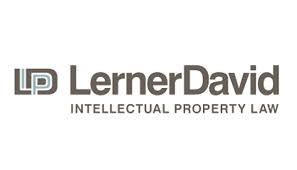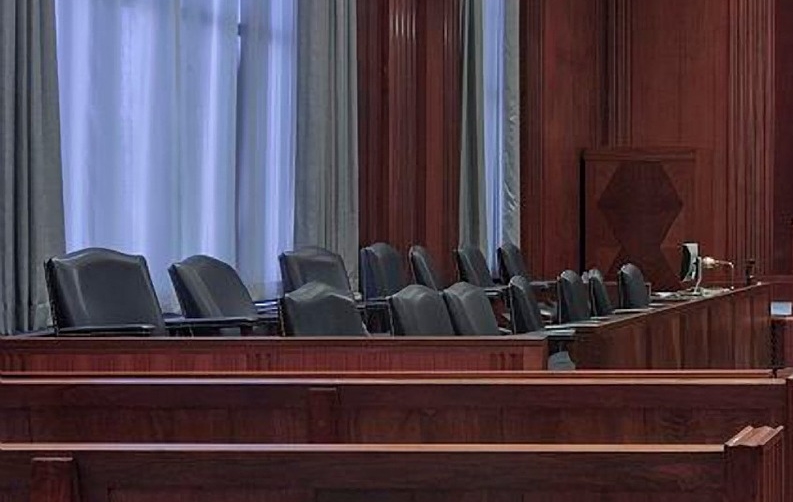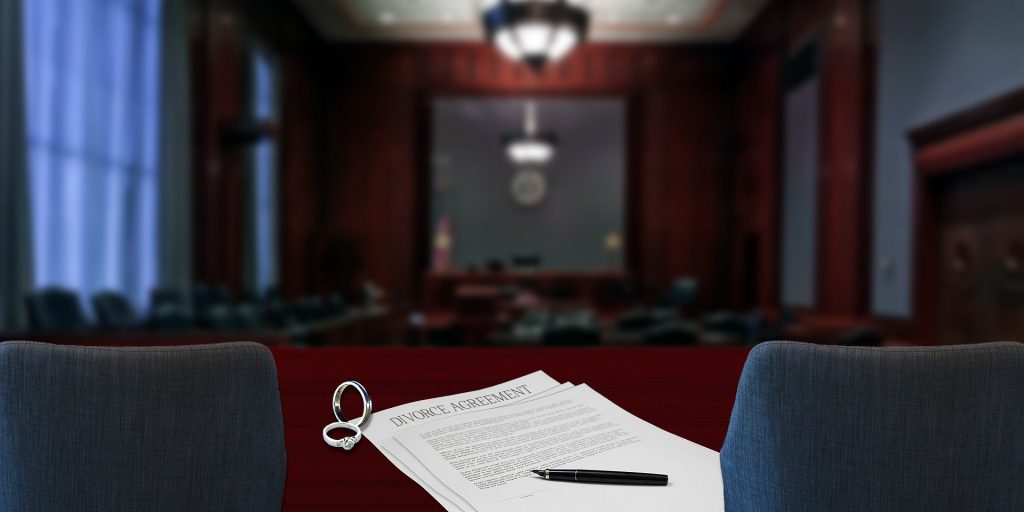It’s a decision involving a law firm partnership that, if widely followed, will likely have a sweeping effect on the interpretation of the statutory requirement for unanimity in adopting critical agreements that govern partnerships and liited liability companies.
Attorney Andrew Zidel, an attorney who left prominent intellectual property boutique firm Lerner David in Westfield, failed in his attempt to use a minority veto to block the adoption of a law firm partnership agreement that treated retiring partners differently than withdrawing partners.
The trial court finessed the unanimity requirement found in the partnership statute, and was affirmed in an unreported decision of the appellate division.
Court Discounts Literal Language of Partnership Statute; Implies Consent to Adopt Partnership Agreement
The reason for Zidel’s failure to rely on the language of the statute was that the law firm had, for many years, operated without a formal partnership agreement. Therefore, the trial court found that the written formal agreement would be considered an amendment to the existing partnership agreement, and, under the partnership’s prior practices, it did not require a unanimous agreement.
 The Business Divorce Law Report
The Business Divorce Law Report





 and threatens to draw off the time and attention of key managers.
and threatens to draw off the time and attention of key managers.

